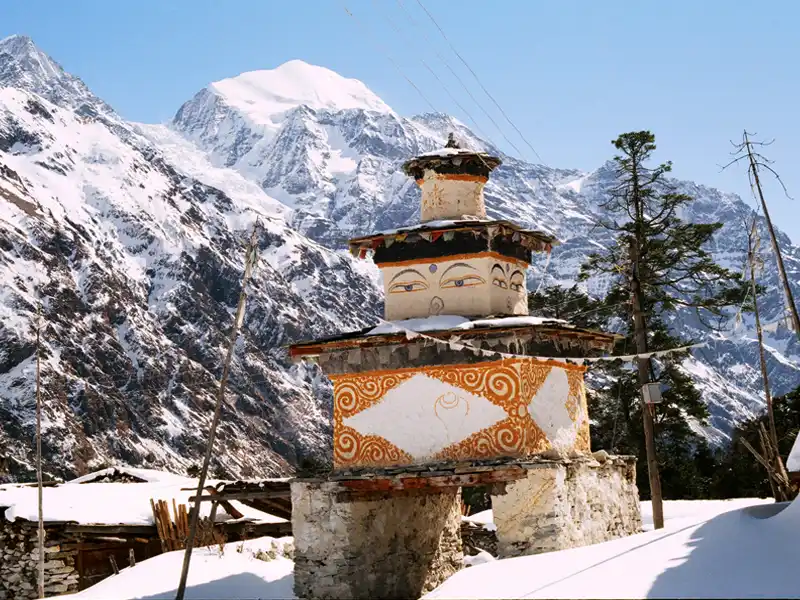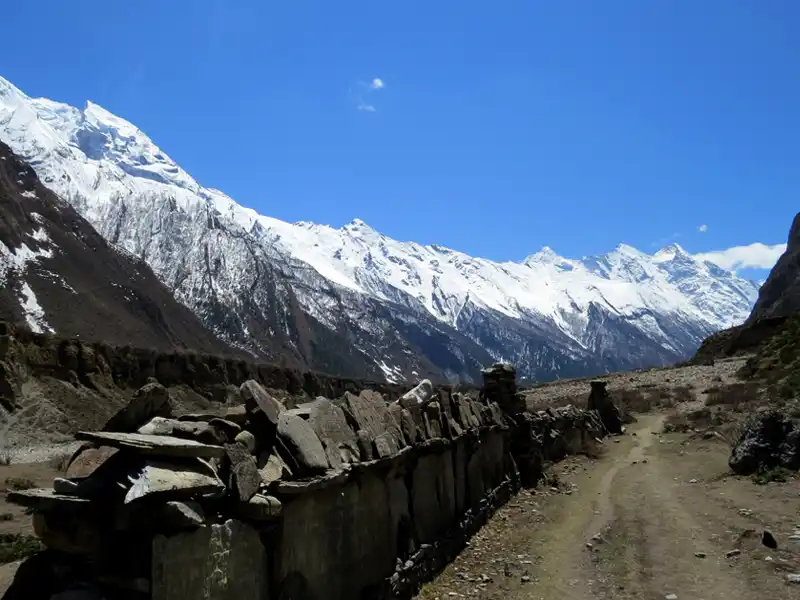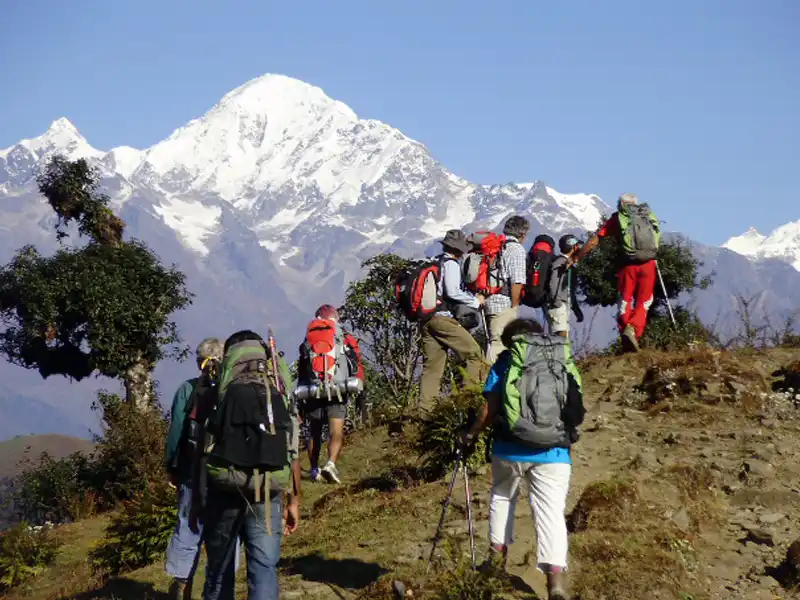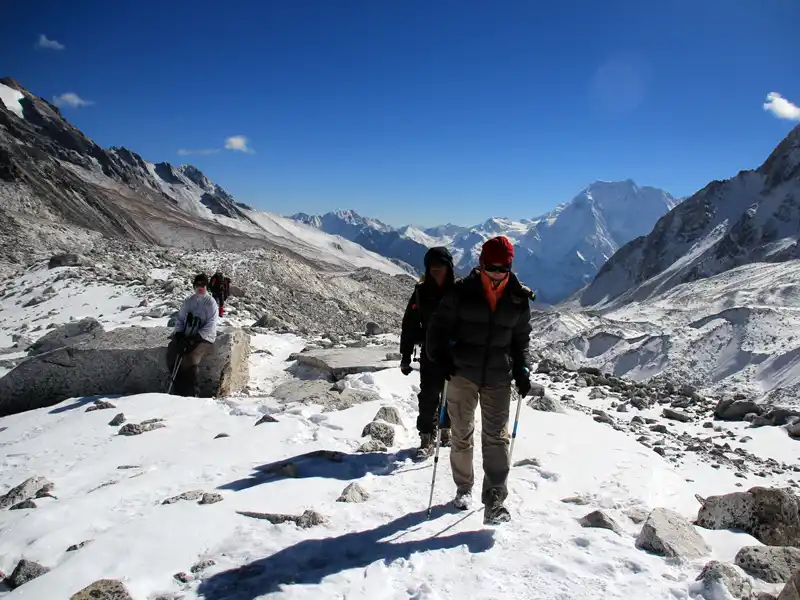 Manaslu Trekking
Manaslu TrekkingThe Manaslu Circuit Trek is a popular trekking route in western Nepal that takes you through a stunning landscape nestled between two rivers, the Budhi Gandaki and the Marshyangdi. Mt. Manaslu, the eighth-highest mountain on Earth, is both the most visible landmark and a sacred mountain in this region. The trek, which opened to trekkers in 1992, offers an unforgettable adventure complete with breathtaking scenery and authentic cultural encounters. Each village you visit will have a unique history and culture; expect to see both traditional Hindu and Tibetan-style Buddhist villages. The Himalayas' breathtaking peaks and abundance of wildlife will astound you as you trek through the unspoiled wilderness. Every turn of the trail reveals the authentic Himalayas, creating a stunning tapestry of natural beauty.
The Manaslu Circuit Trek is an enchanting and physically demanding trek across Nepal's stunning natural beauty. This trek, located in the foothills of Mount Manaslu, the eighth-highest peak in the world (8,163 meters), provides an escape from the crowded trails of other popular treks while still offering stunning scenery, ancient traditions, and tranquility. Beginning in Kathmandu, the trail winds its way through diverse terrain, from verdant forests to terraced fields and high-alpine meadows. As they journey through tribal communities that have managed to escape the clutches of modernity, trekkers will experience the warm hospitality of the locals. The trail also leads to the Larkya La Pass, which stands at an impressive elevation of 5,160 meters and provides panoramic views of the surrounding peaks. The Manaslu Circuit Trek provides an enjoyable experience for those looking for a one-of-a-kind Himalayan adventure.
The Manaslu Circuit Trek begins in the ancient Gorkha Bazar and takes trekkers through some of the most beautiful and historically significant areas of Nepal. You will be rewarded with stunning views of the Langtang and Annapurna ranges, Boudha Himal, Srigni Himal, Ganesh Himal, and Mt. Hiunchuli as you make your way towards Barpak-Laprak. This trek is notable for its meticulous acclimatization process, which prepares trekkers for the upcoming trek. Once you reach Gupsi Dada, which is situated between the villages of Barpak and Laprak, you will be adequately acclimatized. This will allow you to descend safely to Khorlabenshi, at an altitude of 970 meters, where your adventure resumes with a renewed sense of energy and excitement.
The stunning scenery is truly captivating, but it's the fascinating Gurung culture that shines on the Manaslu Circuit Trek. Discover Barpak and Laprak's charming Gurung villages to experience their rituals, customs, and way of life. Embark on a journey full of unforgettable experiences, offering a unique and rewarding adventure that will create lasting memories in your heart.
 Most Popular
Most Popular 
The Manaslu Circuit Trek in Nepal is an amazing trek around Mount Manaslu, the country's eighth-highest peak, that offers breathtaking views, cultural ...

The Tsum Valley Trek, which is located in the Manaslu region of Nepal, provides a one-of-a-kind trek through verdant forests and picturesque countryside, ...

The Lower Manaslu Trek offers breathtaking scenery and a unique cultural experience as it winds through the Himalayas. There are opportunities to interact ...

The Manaslu High Passes Trek is an exciting journey through the rugged terrain of the Manaslu region. Discover difficult mountain passes like Larkya La ...